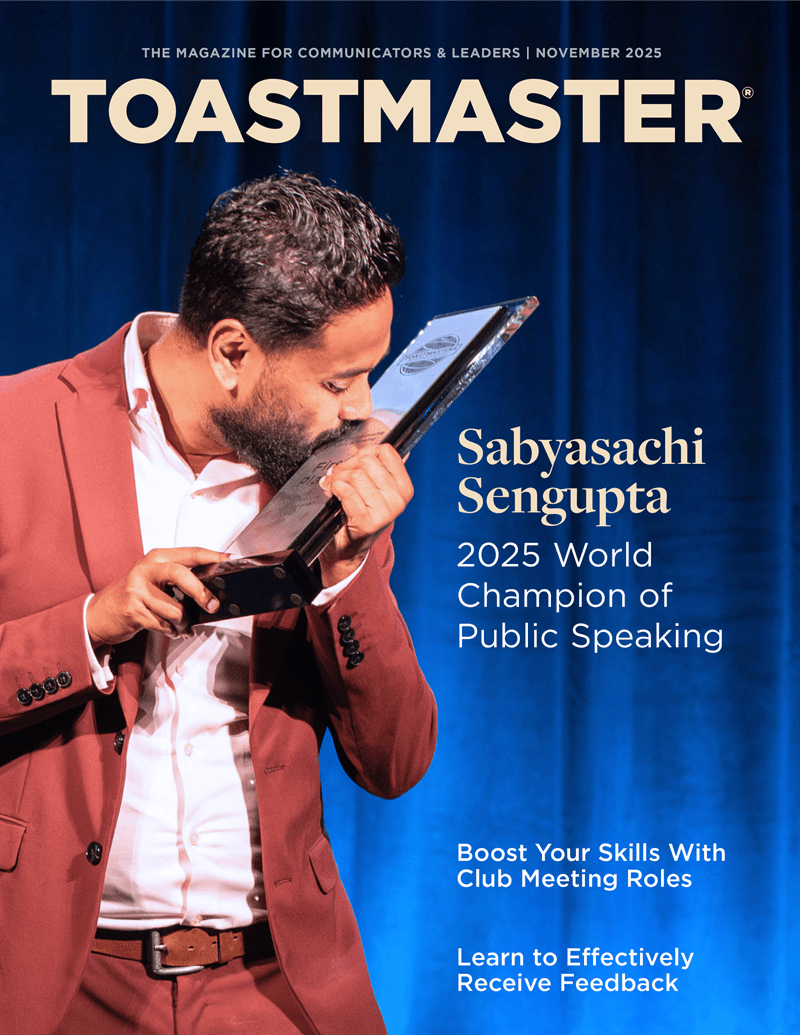During their research into why some ideas thrive and others die for the book Made to Stick, co-authors Chip and Dan Heath examined what makes some presentations more “sticky” than others. The brothers identified a number of factors that make certain speeches more effective and memorable than others. Here are three of their key findings:
Limit the Abstractions
The number one problem in presentations is that messages are too abstract. Too often speakers talk at high levels about the big picture, the Heaths found, but give no concrete details that make the big picture more understandable and plausible. Most people communicate with, say, three parts exposition to one part example. That’s exactly backward. In a compelling presentation, examples aren’t garnish, they’re the entree.
Data is a vital part of many presentations but it can be abstract, so resist the temptation to lead with it or to let it stand alone. Data is just the summaries of thousands of stories. Tell a few of those stories to help make the data meaningful.
Let Your Main Points Hog the Spotlight
If you say 10 things, you say nothing. You probably agree with that statement, yet it’s a hard rule to live by. You’ve put a ton of work into your presentation—you’ve done the research, analyzed your data, you’ve struggled with your conclusion. All of it seems important. Cutting that third bullet point on slide 17 feels like a wound.
But it shouldn’t. Think about yourself as the director of a play, and you’re allocating speaking parts among your main points. You can create a great monologue or dialogue, but if you’ve got 22 characters speaking, you haven’t developed any of them properly. So don’t dwell on the pain of cutting bullet points on slide 17. Think about the extra attention you’ve allocated to your main points.
Bring Reality into the Room
A good idea doesn’t always need visual drapes. When James Carville (advisor to former U.S. President Bill Clinton) said, “It’s the economy, stupid,” he didn’t pause to send his [associates] out looking for pictures of dunce hats. “Show, don’t tell” can be easier than it sounds. Just bring a little reality into the room.
Tom Duncan, the president of the U.S. division of the Positec Power Tool Group, had a sales call with a key account. At the last minute, he abandoned his prepared PowerPoint presentation and decided instead to set two drills on a table—his and his competitor’s. He disassembled them side by side to show the durability of his company’s design. The customer’s reaction to this surprising dose of reality and absence of PowerPoint slides? He loved it, and Duncan closed the deal.
Excerpted with permission from the article Making Your Presentation Stick by Chip and Dan Heath, co-authors of the book Made to Stick: Why Some Ideas Survive and Others Die.



 Previous
Previous
 Previous Article
Previous Article